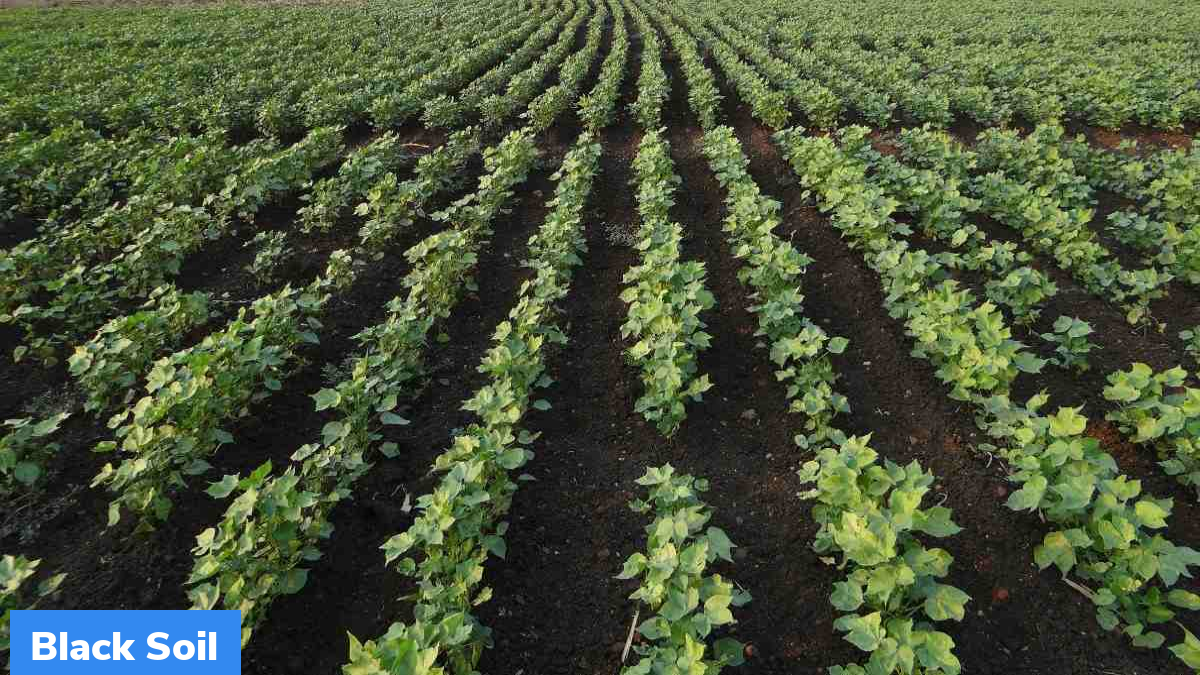“Global Status of Black Soils” Report
The report titled “Global Status of Black Soils” was released by the Food and Agriculture Organization (FAO) on the occasion of World Soil Day (December 5).
About black soil
Black soils are characterized by thick, dark-colored soil horizon rich in organic matter. They are extremely fertile and capable of producing high agricultural yields because of their high moisture storing capacity. They account for 5.6 per cent of global soils and contain 8.2 per cent of the world’s soil organic carbon (SOC) stocks, which is equivalent to around 56 billion tonnes of carbon. These soils are critical for climate change mitigation and adaptation due to their ability to remove carbon from the atmosphere and store them in soil organic matter (carbon sequestration).
What are the key findings of the report?
- Black soils, which feed the global population, are threatened since most of them have lost at least 50 per cent of their soil organic carbon (SOC) stocks.
- The SOC stocks are being lost because of land-use change, unsustainable management practices and injudicious use of agrochemicals.
- Black soils are home to around 2.86 per cent of the global population and support over 17.36 per cent of cropland, 8.05 per cent of global SOC stock and 30.06 per cent SOC stock of global cropland.
- Despite representing only a small portion of the world’s soils, black soils play a major role in global food security and economic growth.
- In 2010, these soils helped in the cultivation of 66 per cent of sunflower seeds, 51 per cent of small millet, 42 per cent of sugar beet, 30 per cent of wheat and 26 per cent of potatoes.
- Most of them are suffering from moderate to severe erosion processes along with nutrient imbalances, acidification and biodiversity loss.
- Black soils are rapidly losing their SOC stocks. They have lost over 20 to 50 per cent of their original SOC stock, with the carbon being released into the atmosphere in the form of carbon dioxide. This is worsening the global warming significantly.
- Proper maintenance of black soil can provide around 10 per cent of total SOC sequestration globally. Europe and Eurasia have the highest potential of over 65 per cent, and Latin America and the Caribbean has around 10 per cent potential.
- The distribution of black soil areas used for crop cultivation varies based on different regions. Europe and Eurasia account for 70% of the black soils in the total cropland. North America, Latin America and the Caribbean and Asia have 10 per cent each.
- The report highlighted two key approaches to maintain the fertility of black soils. These are:
- Preservation of natural vegetation on black soil like grassland, forests, and wetlands
- Adoption of sustainable soil management measures on cropped black soils.
- The report provided tailored recommendations for farmers, governments, research and academia and the global platform International Network of Black Soils.
Month: Current Affairs - December, 2022
Category: Reports & Indexes Current Affairs


